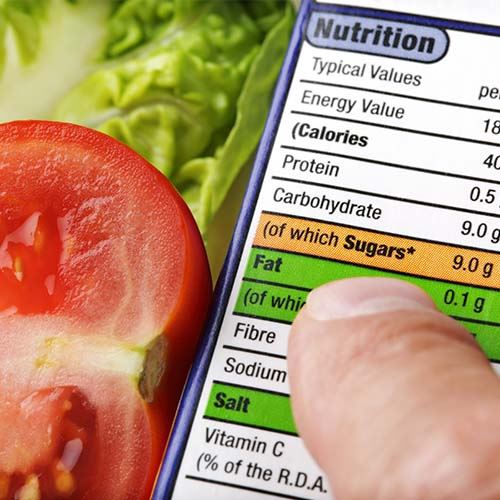5 Diet Tips to Help Lower Your Blood Pressure
- Category: Blog, Health & Well-Being, Healthy Habits
- Posted On:

Since over 100 million Americans have hypertension, according to the American Heart Association, it’s no wonder why finding a diet that works is a popular online search. If you’re newly diagnosed with high blood pressure or it’s something you’ve been managing for years, you may already know that keeping your sodium intake under control is a key factor in keeping your blood pressure in check.
The following are 5 tried and true tips to help you with your quest to control your hypertension, with diet as the focus.
Try the DASH Diet
Hypertension can be prevented and lowered by following the Dietary Approaches to Stop Hypertension (DASH) diet. This eating plan is high in fruits and vegetables, whole grains, fat-free/low-fat milk and dairy, and lean sources of protein like fish, poultry, and nuts. It encourages eating less saturated fats found in red meat, less sugar found in sweets and sugary beverages, and, of course, going easy on the salt shaker.
Flavor Foods with Herbs and Spices
 Try fresh or dried herbs, spices, vinegar, and citrus to season or give flavor to your foods instead of reaching for the salt shaker. Add garlic to sauces and vegetables for a robust flavor, basil to salad dressings for a sharp, full-body flavor, cumin to soups and stews for an earthy flavor, mint to fruit salads for a sweet, cool flavor, or rosemary to poultry dishes for a delightfully heady scent.
Try fresh or dried herbs, spices, vinegar, and citrus to season or give flavor to your foods instead of reaching for the salt shaker. Add garlic to sauces and vegetables for a robust flavor, basil to salad dressings for a sharp, full-body flavor, cumin to soups and stews for an earthy flavor, mint to fruit salads for a sweet, cool flavor, or rosemary to poultry dishes for a delightfully heady scent.
Eat Fewer Processed Foods
The majority of sodium in your diet, 77% to be exact, comes from processed or prepared foods. “Processed food” includes food that has been cooked, canned, frozen, packaged, or changed in nutritional composition with fortifying, preserving, or preparing in different ways. Processed foods are major contributors of sodium in our diets because salt is commonly used as a preservative or to extend the shelf life. Common foods to avoid include packaged or prepared meat/poultry/seafood products, salad dressings, sauces/gravies, taco mixes, prepackaged rice/pasta dishes, soups, frozen dinners, sandwiches, and pizza.
Read Food Labels
 You can learn a lot about food by reading the Nutrition Facts food label. If you’re trying to shake the salt habit, limit foods with more than 200 mg of sodium per serving. Choose foods labeled as no salt added, low sodium, or reduced sodium. Another useful tool is the percent daily value (%DV) listed on the right side of the Nutrition Facts label. These percentages show whether a food is high or low in a particular nutrient. A 20% DV or more per serving is high in a particular nutrient, whereas a 5% DV or less per serving is low in a particular nutrient.
You can learn a lot about food by reading the Nutrition Facts food label. If you’re trying to shake the salt habit, limit foods with more than 200 mg of sodium per serving. Choose foods labeled as no salt added, low sodium, or reduced sodium. Another useful tool is the percent daily value (%DV) listed on the right side of the Nutrition Facts label. These percentages show whether a food is high or low in a particular nutrient. A 20% DV or more per serving is high in a particular nutrient, whereas a 5% DV or less per serving is low in a particular nutrient.
Consider Boosting Potassium
Potassium helps to shuttle sodium out of your body, which is particularly valuable when your diet is salt-heavy. Good sources of potassium include oranges, bananas, potatoes, cooked spinach/broccoli, and yogurt.

